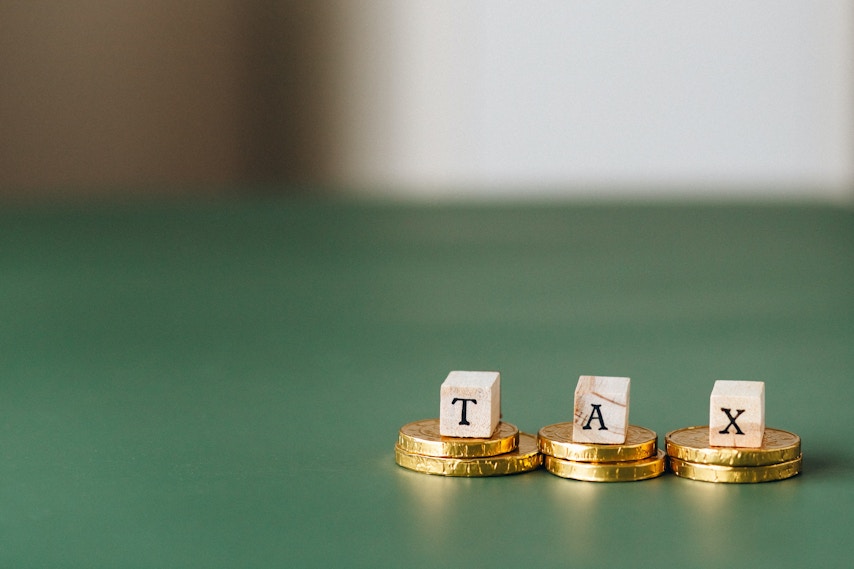How to Reduce Employee Turnover For Good at Your Organisation

In a marketplace where candidates are increasingly spoilt for options, employee turnover is the silent killer, eroding organisations from within.
And, if there’s one thing HR managers in the UK can count on, it’s that they will face the challenge of how to reduce employee turnover at some point or another during their long and varied careers. There is no such thing, after all, as an employee for life.
But if your organisation’s revolving door is in action a little too often, it might signal deeper, more systemic problems to address. If more employees are spinning out than coming in, this not only impacts morale but can also take a toll on your company’s bottom line.
So let’s get strategic and take a look at what UK organisations can do to reduce turnover while boosting retention, driving initiatives that will ensure your company keeps the lights on while living a long, healthy life.
But first……
Why should UK businesses care about reducing employee turnover?
Before tucking into some strategies you can leverage to reduce turnover, it's essential to grasp the financial and operational implications of losing valuable talent. The cost of employee turnover isn’t limited to recruitment expenses; it can also bleed your organisation dry through decreased productivity and workflow disruption. Employee turnover can also negatively impact your existing culture. By acknowledging (not ignoring) these costs, you can better underscore for leaders the importance of taking proactive measures to retain skilled personnel.
Some root causes of turnover in the UK that can lead good employees to walk through the door are:
A lack of recognition and appreciation
Employees who feel undervalued are more likely to go off and seek this somewhere else. Regular acknowledgement and appreciation can go a long way in boosting morale and loyalty.
Limited opportunities for career growth
Staff will often leave when they hit a plateau in terms of professional development and growth. HR managers should focus on defining clear career paths and offering skills-building opportunities to reduce turnover.
Inadequate work-life balance
When the work-life balance gets out of whack, team members risk becoming drained or burnt out. Companies promoting a good work-life balance tend to have more energised and engaged workers.
Poor management and leadership
When assessing how to reduce turnover, Leadership has a pivotal role to play. There’s nothing more off-putting or alienating to good, decent professionals than a toxic work environment born out of ineffective management. Investing in leadership training can help bolster a more positive workplace culture.
Insufficient Compensation and Benefits
At the end of the day, pay still matters. You can implement most or even all of the above and still see employees leaving for fairer, more competitive compensation. Regularly reviewing and adjusting salary structures ensures employees feel adequately rewarded for their contributions.
Ignoring these causes is like putting a quick bandaid over a problem and wishing it would disappear. Turnover might reduce in the short term but will come back to haunt your business down the line. Companies that face up to these problems and apply more transformational solutions to these will see better results. Fortunately, there are several solid strategies you can implement to achieve this, thereby reducing high turnover for good.
Six surefire strategies for UK businesses to reduce turnover
Finding ways to decrease your employee turnover rate doesn't have to be overly complicated. Let’s look at some strategies to reduce employee turnover which you can put into place to help slow the revolving talent door.
Ace your onboarding process
First impressions count. In this respect, a solid onboarding process does more than just set the tone for an employee’s experience with your company - it could also be the difference between an employee staying just a few more weeks or months before jumping ship or sticking around for the longer term. In other words, a comprehensive onboarding program helps new hires integrate into your organisation more smoothly, reducing the likelihood of early turnover altogether.
Here are a couple of ways you can enhance your existing onboarding process:
Assign office buddies - Pair up your new employee with an office buddy separate from their direct manager or reports, someone who can show them the ropes and answer any questions.
Make the first day memorable - Get new hires to fill out all the boring paperwork and admin before they arrive so you can spend their first day doing more fun and engaging activities. A welcome breakfast is one way to make a new hire feel more welcome and introduce them to their team.
Empower with a positive culture
Speaking of the first meal of the day, ‘culture eats strategy for breakfast’. That’s, at least, how renowned consultant and writer Peter Drucker put it when describing the game-changing impact culture can have on the future of any business. Indeed, a positive company culture can be a powerhouse when looking at how you can reduce turnover and boost retention. It does so by helping employees foster a sense of belonging and loyalty that makes them feel included and cared for.
Here's how you can enhance your existing culture:
Clear communication: Open, transparent communication channels are essential. Host regular updates, town hall meetings, and one-on-ones to create an environment where employees feel informed and included.
Recognition programs: Implement employee recognition programs to boost morale. It can be as simple as an 'Employee of the Month' acknowledgement or a shout-out during team meetings.
Work-Life balance: Encourage a healthy work-life balance. Flexible schedules, remote work options, and generous paid time off contribute to a workplace where employees feel supported in all aspects of their lives.
Invest in professional development
Investing in employee development isn't just about honing skills; it's a strategic move to retain talent. In fact, lack of career development opportunities has been shown to be a leading cause of high turnover time and time again. And it makes sense. Employees are more likely to stay with a company that invests in their professional growth. So, provide opportunities for skills development, training programs, and career advancement to demonstrate a commitment to your employees' success.
You can nurture growth to reduce turnover by:
Investing in training programs: Craft comprehensive training programs that inspire employees to enhance their skills. This not only benefits them but also adds value to your company.
Mentorship programs: Pairing experienced employees with those seeking guidance fosters a sense of belonging and personal growth.
Clear career paths: Outline clear career paths within the company. Employees who see a future for themselves at your company are more likely to stay committed.

Conduct regular feedback sessions
As we covered with culture, open communication is critical to understanding employee concerns and addressing issues promptly. This is essential for continued employee engagement. Regular feedback sessions allow employees to express their thoughts, fostering a sense of trust and transparency.
Here’s a roadmap for how to reduce turnover by leveraging this strategy:
Continuous feedback: Move away from the annual performance review model. Instead, embrace constant feedback, focusing on both strengths and areas for improvement.
Peer recognition: Establish a culture of peer-to-peer recognition. This not only fosters a positive environment but also reinforces the idea that hard work doesn't go unnoticed.
Establish compelling compensation packages
No matter how the world of employee benefits evolves, compensation remains a critical factor in achieving high levels of employee retention. Regularly reviewing and adjusting compensation structures to stay competitive in the market can also help you retain existing talent who may be tempted to leave for greener pastures. Additionally, offering attractive benefits packages that go beyond private health insurance (though a highly important benefit) goes a long way in enhancing your overall employee experience.
Take note of these strategies:
Salary reviews: Regularly review and adjust salaries based on industry standards. This not only retains existing talent but also attracts new, qualified candidates.
Comprehensive benefits: Beyond salary, offer a comprehensive benefits package that includes things like employee stock options, gym memberships, wellbeing plans and cycle-to-work schemes, as well as other unique perks that can set your company apart.
Prioritise benefits that enhance employee wellbeing
Finally, putting your employee’s mental and physical health front and centre can be one of the most effective ways of reducing turnover. A focus on employee wellbeing includes initiatives that can help employees foster a sense of peace and calm while helping them to better manage difficult emotions like stress and anxiety. Provide resources for stress management, mental health support, and wellness programs to create a holistic approach to employee welfare.
Offering more flexible working, such as remote work options or flexible hours, is one way to achieve this to contribute to a better work-life balance and boost employee satisfaction.
Wrapping up
Reducing employee turnover isn't a one-size-fits-all endeavour but rather a combination of thoughtful strategies tailored to your organisation. By cultivating a positive culture, prioritising development, offering competitive compensation, providing feedback, and refining your recruitment and onboarding, you can transform your workplace into a retention hub.
In the dynamic world of HR management and People professionals, the key lies in adapting and evolving these strategies to meet the ever-changing needs of your workforce. Remember, investing in retention is an investment in the success and longevity of your company.
P11D Forms Explained: A Guide For UK Employers In 2025
How Much Does an Employee Cost UK Employers in 2025?

Bank Holidays UK: Employment Law Guide 2025
UK Statutory Notice Periods - An Explainer For Businesses
What Is OTE? How UK Businesses Can Unlock Its Potential








